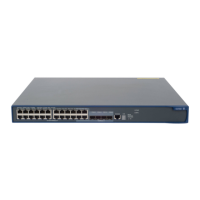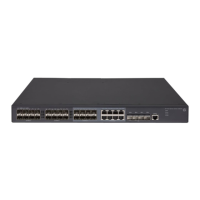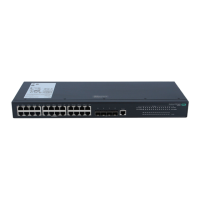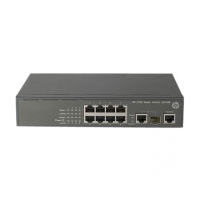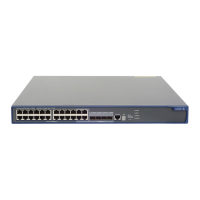312
Ste
Command
Remarks
2. Configure BFD
control mode for an
IPv6 static route.
• Method 1:
ipv6 route-static ipv6-address prefix-length
{ next-hop-address bfd control-packet bfd-source
ipv6-address | vpn-instance d-vpn-instance-name
next-hop-address bfd control-packet bfd-source ip-address }
[ preference preference-value ] [ tag tag-value ] [ description
description-text ]
• Method 2:
ipv6 route-static vpn-instance s-vpn-instance-name
ipv6-address prefix-length { next-hop-address bfd
control-packet bfd-source ipv6-address | vpn-instance
d-vpn-instance-name next-hop-address bfd control-packet
bfd-source ipv6-address } [ preference preference-value ]
[ tag tag-value ] [ description description-text ]
Use either
method.
By default, BFD
control mode
for an IPv6
static route is
not configured.
Single-hop echo mode
With BFD echo mode enabled for a static route, the output interface sends BFD echo packets to the
destination device, which loops the packets back to test the link reachability.
IMPORTANT:
Do not use BFD for a static route with the output interface in spoofing state.
To configure BFD echo mode for an IPv6 static route:
Ste
Command
Remarks
1. Enter system view.
system-view N/A
2. Configure the source
address of echo
packets.
bfd echo-source-ipv6 ipv6-address
By default, the source address
of echo packets is not
configured.
The source address of echo
packets must be a global
unicast address.
For more information about this
command, see High
Availability Command
Reference.
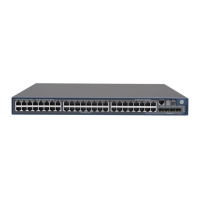
